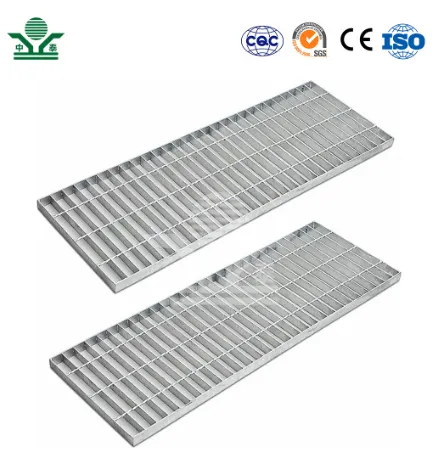Chain Link Fence Installation A Comprehensive Guide
When it comes to securing your property while maintaining visibility, chain link fencing stands out as a popular choice. Its durability, affordability, and ease of installation make it an ideal option for both residential and commercial purposes. In this guide, we'll walk you through the steps necessary for installing a chain link fence effectively.
Benefits of Chain Link Fencing
Before delving into the installation process, it’s important to understand why you might choose chain link fencing. This type of fence offers numerous advantages
1. Affordability Chain link fences are relatively cost-effective compared to other types of fencing materials, such as wood or vinyl. 2. Durability Made from galvanized steel, chain link fences resist rust and can withstand harsh weather conditions, leading to a long lifespan with minimal maintenance.
3. Visibility Unlike solid fences, chain link fences provide clear sight lines, which can help maintain an open feel in your yard while keeping your pets and children safe.
4. Ease of Installation Chain link fencing is relatively easy to install, making it suitable for DIY enthusiasts.
5. Versatility Suitable for various applications, from perimeter security for homes to enclosures for sports fields or playgrounds.
Tools and Materials Needed
Before you begin the installation process, gather the following materials and tools
Materials
- Chain link fabric (the mesh) - Fence posts (terminal and line posts) - Tension bands and bars - Gate kit (if applicable) - Ground sleeves or concrete (for setting posts) - Wire ties or fence ties
Tools
- Post hole digger or auger - Tape measure - Level - Wire cutters - Pliers - Hammer - Safety goggles and gloves
Step-by-Step Installation Process
1. Planning and Layout
Begin by planning your fence layout. Use stakes and string to outline where you want the fence to go. Make sure to check local zoning laws and homeowner association guidelines regarding fence installation. Additionally, verify whether there are any underground utilities before you start digging.
chain link fence installation

2. Mark and Dig Post Holes
Using your string outline, mark the location of each post. Standard practice is to place posts every 5 to 10 feet, depending on the height and type of fencing. Use a post hole digger or auger to create holes that are at least 2 to 3 feet deep for stability.
3. Set the Fence Posts
Place the terminal posts at the corners and ends of the fence line and line posts in between. Ensure that the posts are plumb by using a level. Add concrete to the bottom of the holes for stability, or if using ground sleeves, insert the sleeves and ensure they are level before backfilling the holes with soil. Allow concrete to cure as per package instructions.
4. Attach the Top Rails
Once the posts are secured, it’s time to install the top rails. Insert the rails through the top of the posts, securing them with the appropriate connectors. Ensure the rails are level and straight.
5. Install the Chain Link Fabric
With the framework in place, begin to install the chain link fabric. Start at one end of the fence. Roll out the chain link fabric towards the other end, using tension bars on the ends to hold the fabric in place. Secure the fabric to the posts with wire ties or fence ties approximately every foot.
6. Add Tension and Secure the Bottom
Once the fabric is installed, ensure that it is taut. Adjust any slack by tightening the tension bands. Finally, secure the bottom of the fabric to the ground using stakes or additional wire ties to prevent animals from digging underneath.
7. Install Gates
If you are including a gate, follow the gate kit instructions to hang it properly. Ensure it swings freely and is properly aligned.
8. Final Touches
Inspect your fence to ensure stability and security. Trim any excess fabric or wires and clean up the installation site.
Conclusion
Installing a chain link fence is a straightforward process that, when done correctly, can provide a secure yet open boundary for your property. By following the steps outlined in this guide, you can take on this DIY project with confidence. Not only will you enhance the security and functionality of your property, but you'll also enjoy the satisfaction of having completed a significant home improvement task. Happy fencing!
-
Why Galvanized Trench Cover Steel Grating Resists Corrosion
NewsJul.10,2025
-
The Versatility and Strength of Stainless Expanded Metal Mesh
NewsJul.10,2025
-
Load Calculations in Steel Grating Platforms
NewsJul.10,2025
-
Keeping Pets and Kids Safe with Chicken Wire Deck Railing
NewsJul.10,2025
-
Hole Diameter and Pitch for Round Perforated Metal Sheets
NewsJul.10,2025
-
Aluminium Diamond Mesh in Modern Architecture
NewsJul.10,2025
Subscribe now!
Stay up to date with the latest on Fry Steeland industry news.

